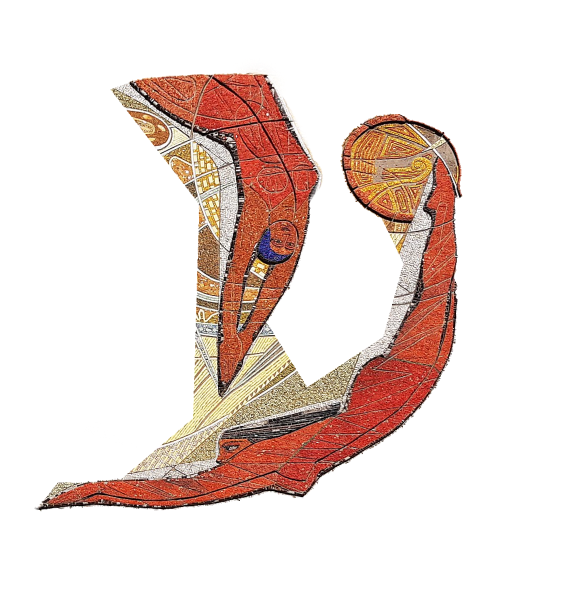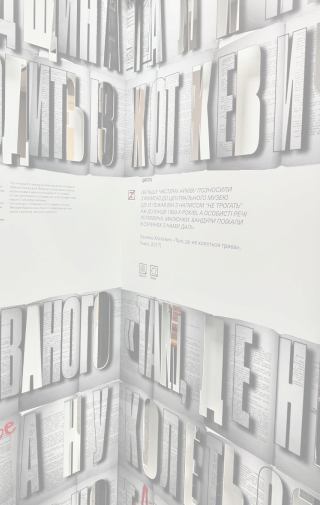The aim of the special project is to talk about the losses and the power of resilience in Ukrainian literature and its creators. The project includes a series of articles about Russian imperial attempts to ‘erase’ Ukrainian writers and the infrastructure associated with writing, publishing, and disseminating intellectual thought, its original and unique sound, starting with tsarist Russia, the USSR and ending with the crimes of modern Russia. Recognizing and grouping the methods of ‘colonial erasure,’ the curatorial team was struck by their diversity: all branches of government, without exception, worked on the implementation of this policy, entire institutions and organisations were created, and more and more people became the perpetrators of control and repression. Due to the privileges and benefits provided by the system, and more often due to threats and real-life threats, the protagonists of the authoritarian regime became unwitting accomplices in the destruction of Ukrainian humanitarianism. The system turned zealous fighters for independence into convenient victims and ‘double-dealers’.
About Project
However, there were always ‘people not out of fear,’ dissidents who reacted sharply to injustice and at all times prevented the erasure of the word.
‘The Erasure of the Word continues the conversation about the interrupted continuity, colonial marginalization, and the lowly nature of Ukrainian literature, which was highlighted by the Kharkiv Literary Museum in its Antitext exhibition. These two projects communicate about the formation of cultural memory for all those who are familiar with the history of Ukrainian culture and those who are just beginning to learn about it. They also describe the resilience of Ukrainian artists in times of oppression and repression.
The project was implemented by Chytomo media in cooperation with the Kharkiv Literary Museum, with the support of the American people through the United States Agency for International Development (USAID).
In the design, the mosaic principle is used, where a unified picture is created from disparate pieces of material. Similarly, only now, through separate stories, facts found in documents and archives, we can comprehensively see the picture of Russian and Soviet repressions.
Mosaics have remained in many of our cities and are often associated with the Soviet past. However, monumental artists often embedded messages of resistance and Ukrainian identity into them. These artists themselves faced significant repression, which is why some of their works were used in the design and to illustrate materials. The works of Alla Horska, Opanas Zalyvakha, Mykhailo Boychuk, Hanna Sharai, Halyna Zubchenko, Ada Rybachuk, and Vasyl Sedliar were used on various pages of the project.


In addition, the project title — "Erasure of word" — is reflected in the design. If the website is left idle for a long time, it becomes covered with "white noise," making it very difficult to see anything clearly. The same effect happens with our memory, which is why it's important to make an effort (in this case, simply moving the cursor) to see more clearly what happened to Ukrainian literature a century ago and what continues to happen now.





